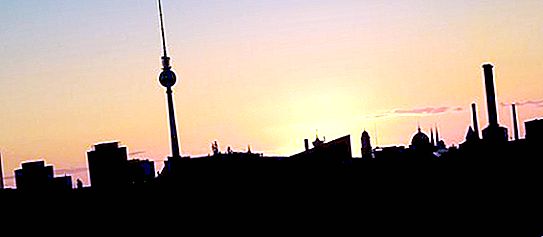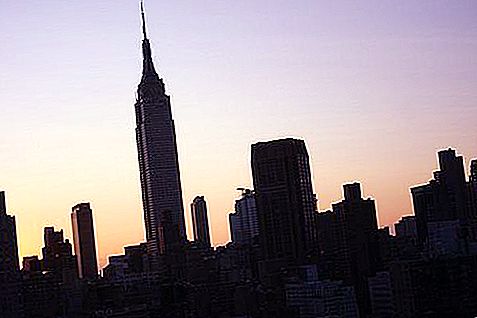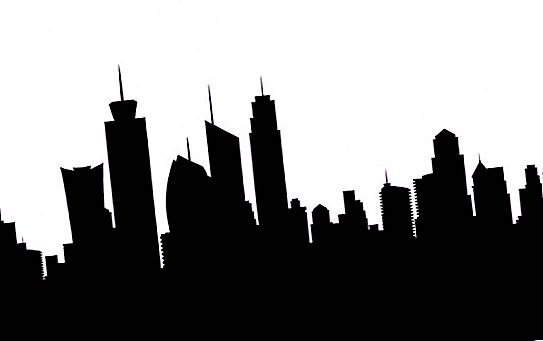The silhouette of the city is based on a planning solution, but is visually perceived through the outline-border between the limitless sky and the "body" of the city. As noted by the famous American critic Paul Zucker, depending on the nature of this line, an impression of mobility is created. The play of the heights of architectural structures, the contours of roofs, towers and pediments - all this creates a unique silhouette of the city, a kind of recognizable portrait. The rhythm of architectural structures, compositional mood associatively conveys the spirit and mood of a city.

City silhouettes have a great influence on human perception. The values of contours and verticals seem to be equivalent only in the abstract coordinate system of Descartes. In reality, horizontal is the surface along which we move in any direction. Therefore, any change is perceived and recorded by our subconscious. The horizontal surface does not have a clear direction, and the movement of the gaze from the starting point on the horizontal in the vertical direction is perceived very sharply. This is because the vertical causes a person to associate with some effort, is a symbol of the victory of the human mind, the so-called challenge to heaven. This is beautifully described in the biblical legend of the construction of the Tower of Babel.

Since ancient times, the vertical structure of buildings, which had a special purpose, has invaded the plane of the sky: the domes of Christian temples, the spiers and towers of Catholic cathedrals, the pyramids of Egypt, Central America, Mesopotamia and so on. It is quite natural that architectural structures of religious and state significance should show dominance and advantage over the entire urban massif. That is how the visual silhouette of the city as an artistic composition was born.
In Europe during the Middle Ages, urban development was characterized by a constant battle of verticals. The towers of noble families towered above the residential buildings of the townspeople. Of course, they were defensive in nature, but they also performed a symbolic role - they designated representatives of the ruling class. Over time, this function was assumed by the cathedrals and city halls, which formed the silhouette of the city. The vector of the direction of development was on the principle of a planetary system from these structures.

Since ancient times in Russia, the layout of the city was distinguished by the subtle art of organization. Thanks to the landscape principle, the towers of the Kremlin and the cathedrals formed a harmonious silhouette of the city. We can say that the ancient architects, like sculptors, fashioned and gradually shaped it. Expanding, new buildings seemed to balance numerous buildings. For example, in Moscow, superstructures above the Kremlin towers, which end with double-headed eagles, consolidate and balance the silhouette of the city.
Currently, unfortunately, in many areas of our country, enormous damage is being done to the general perception of the urban landscape. The silhouette of the city is rather fragile, and the unreasonable development of not only the historical core, but also the so-called "sleeping areas" affects the visual perception of the city as a whole.




